If you believe you are experiencing puffy nipples, it is important to remember that you are not alone. While this condition may initially appear uncommon, it can affect individuals of both genders. If you suspect that you have this condition, it is advisable to consult a medical professional in order to determine the underlying cause.
In addition, if you are seeking to enhance your physical appearance, there are various approaches you can consider implementing to minimize puffiness and reduce its visibility.

What are puffy nipples?
Puffy nipples refer to a condition characterized by the protrusion or swelling of the nipples or areolas, causing them to deviate from the typical contour of the chest.
Although puffy nipples can affect both men and women, it tends to be more prevalent among males. This condition is frequently observed during adolescence, as it is a critical stage of breast development.
One potential solution for puffy nipples is nipple reduction surgery, which can effectively address the issue and provide desired outcomes. However, it is important to consult with a qualified medical professional to explore all available options and determine the most suitable course of treatment.

Causes of Puffy Nipples
When individuals experience puffy nipples, they often seek to understand the reasons behind this condition. Puffy nipples are typically caused by the enlargement of the breast glands, and multiple factors can contribute to this increase in size.Here are some of the potential causes, elaborated further:
Hormonal changes:
Hormonal fluctuations, particularly during puberty or due to hormonal imbalances, can lead to the enlargement of breast glands, resulting in puffy nipples.
During puberty, both boys and girls experience hormonal changes, and in some cases, these changes can cause the breast tissue to develop, leading to puffy nipples.

Gynecomastia:
Gynecomastia is a condition characterized by the overdevelopment of breast tissue in males. It often occurs due to an imbalance between estrogen and testosterone levels. Gynecomastia can contribute to the appearance of puffy nipples in men.
Weight fluctuations:
Significant weight gain or loss can affect the distribution of fat and tissue in the chest area. This can result in the accumulation of excess fatty tissue around the nipple, leading to puffy nipples.
Medications:
Certain medications can disrupt the balance of hormones in the body and contribute to the development of puffy nipples. Examples include anabolic steroids, anti-androgens, or specific antidepressants. It is important to note that not all medications will cause puffy nipples, but some can have this side effect.

Genetics:
Genetics play a role in the development of puffy nipples for some individuals. Certain genes can influence breast tissue growth and distribution, making some people more predisposed to this condition.
It is crucial to consult with a healthcare professional to determine the specific cause of puffy nipples in individual cases. They can conduct a thorough evaluation, consider medical history, and perform any necessary tests to identify the underlying factors involved. Once the cause is determined, appropriate treatment options can be explored to address the condition effectively.

How to Tell If You Have Puffy Nipples?
Identifying the presence of puffy nipples primarily relies on observing the visual appearance of the nipples. In most cases, individuals do not experience any accompanying symptoms associated with this condition.
One key indication is the deviation of the nipple mound from the normal contour of the chest. Women may observe a herniated, cone-shaped, or pointy appearance of the nipple.
Similarly, men may notice that the nipple protrudes or appears swollen compared to the surrounding chest area. These visual differences in nipple shape and position are the primary signs of puffy nipples.
It is important to note that self-diagnosis may not always be accurate, and it is recommended to consult with a healthcare professional for a proper evaluation. They can provide a definitive diagnosis and offer appropriate guidance based on individual circumstances.

Lifestyle Changes to Reduce Puffy Nipples
Making certain lifestyle changes can help reduce the appearance of puffy nipples. It is important to identify the underlying cause and address it to alleviate corresponding symptoms.Here are some lifestyle adjustments that may be beneficial:
Weight management:
If excess body weight is a contributing factor, incorporating a balanced diet and regular exercise can aid in weight loss, which may positively impact the reduction of puffy nipples.
Targeted exercises:
Engaging in chest exercises that specifically target the pectoral muscles can help reshape the chest area. Working with a personal trainer to develop a customized workout plan and incorporating exercises such as overhead presses, pushups, cable flies, bench presses, and dips can tone and tighten the chest muscles.

Cardiovascular exercise:
Regular cardiovascular workouts, such as cycling, running, swimming, or dancing, can increase metabolism and aid in overall fat burning. This can lead to a decrease in fat throughout the body, including the chest area, potentially reducing the appearance of puffy nipples.
Rest and recovery:
Allowing for adequate rest and recovery between workout sessions is crucial for muscle repair and growth. Planning rest days in between training sessions helps prevent overexertion and promotes optimal results.
Dietary changes:
Making dietary adjustments can contribute to body fat reduction and hormone balance. Increasing the consumption of fruits, vegetables, and antioxidant-rich foods can help reduce inflammation.
Avoiding processed foods, which are typically high in calories and inflammatory ingredients, is advisable. Additionally, minimizing soy consumption may aid in hormone balancing.

Dietary requirements vary from person to person. Consulting with a healthcare professional or registered dietitian
can
provide personalized guidance based on individual needs, considering factors such as age, activity level, and
specific
health concerns.
Hormone-balancing foods, such as blueberries, beans, milk, tuna, ginger, garlic, oysters, shellfish, macadamia nuts, cruciferous vegetables, and egg yolks, may also be incorporated into the diet to support hormonal health.
For individuals suspecting hormone imbalances as the cause of their symptoms, seeking medical advice and potential hormone testing can provide further insights and inform additional dietary and lifestyle adjustments tailored to their specific needs.

In conclusion
Making certain lifestyle changes can help reduce the appearance of puffy nipples. By identifying the underlying causes and addressing them through weight management, targeted exercises, cardiovascular workouts, rest and recovery, and dietary adjustments, individuals can potentially achieve their desired results.


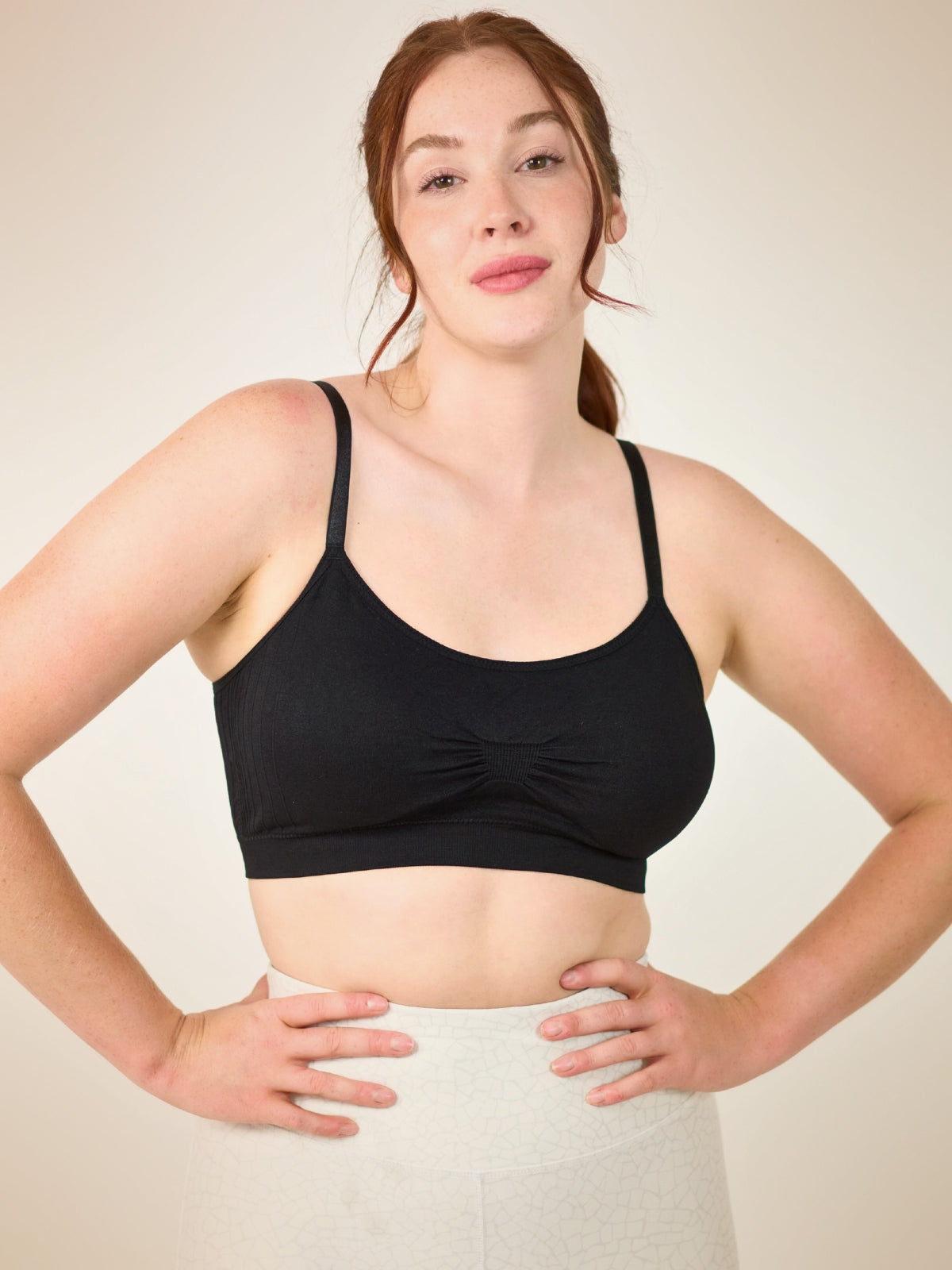
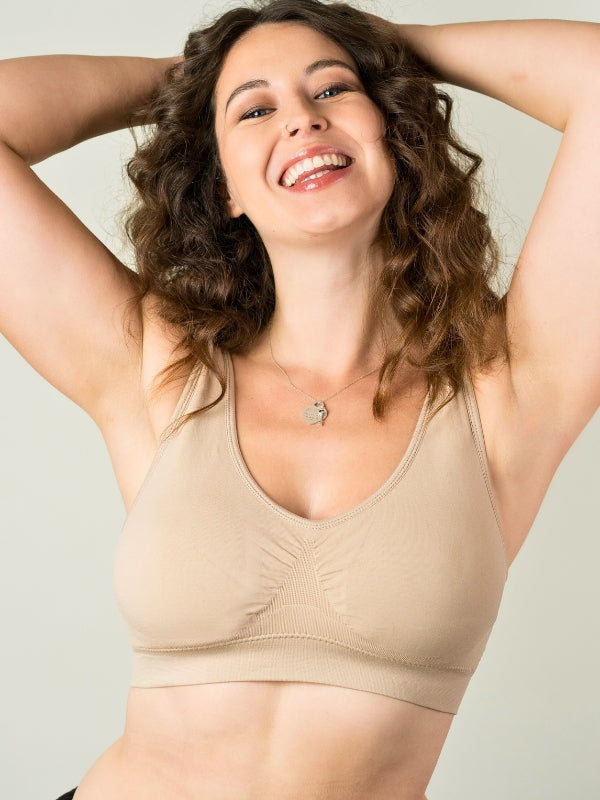
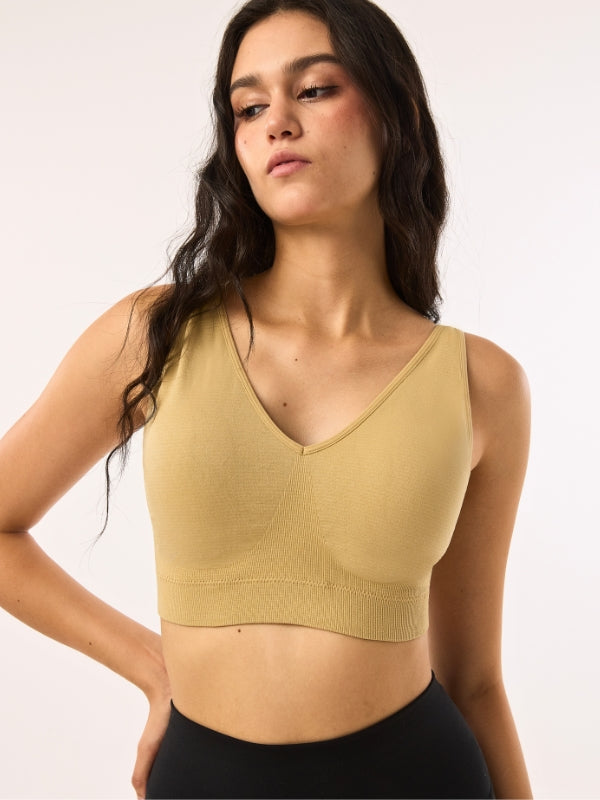
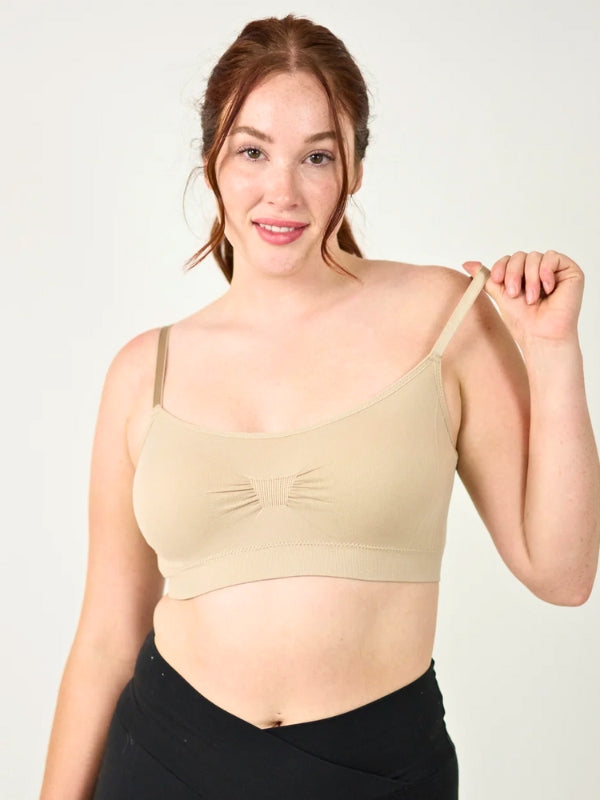
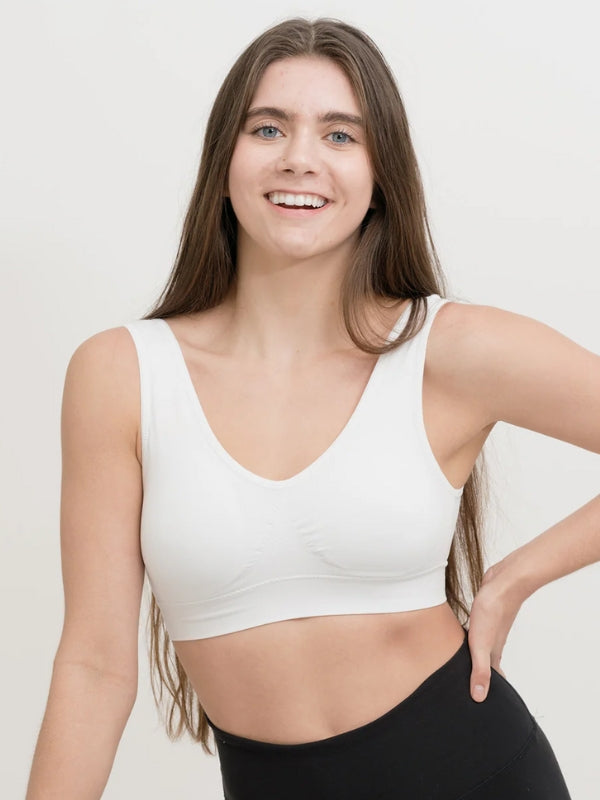
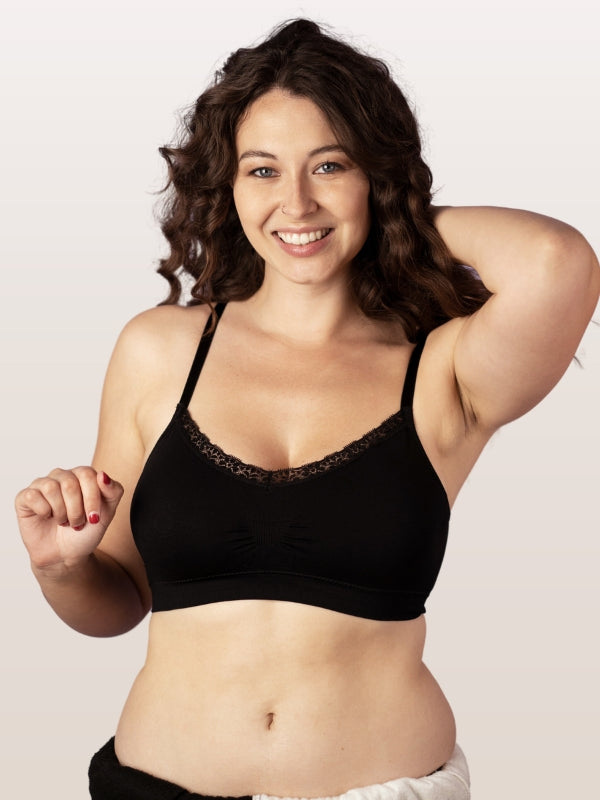
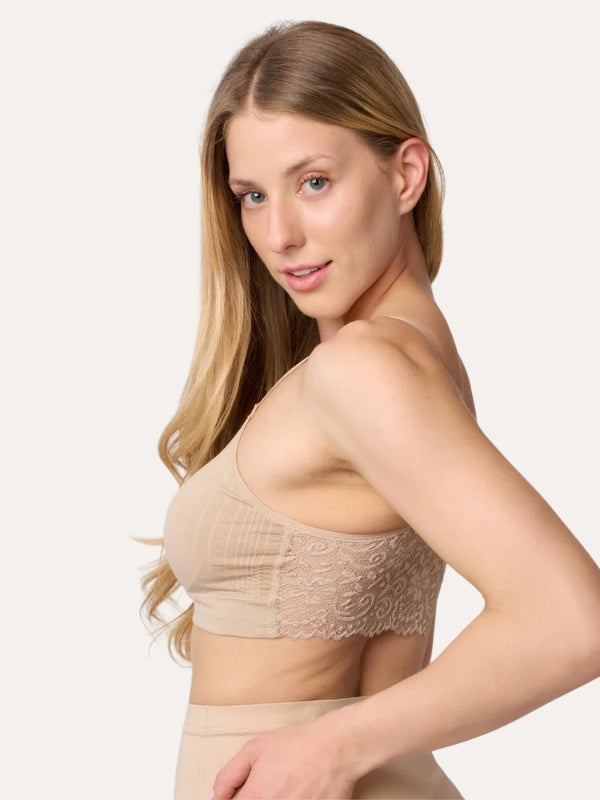


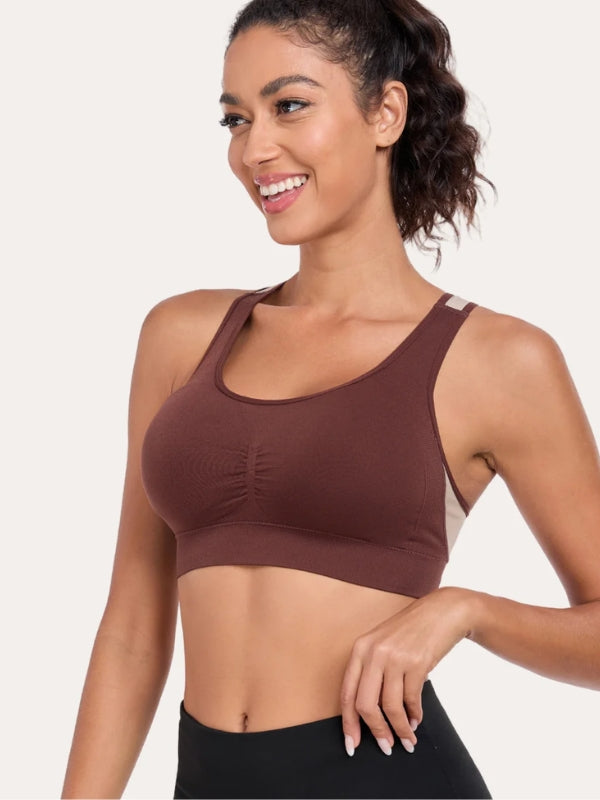
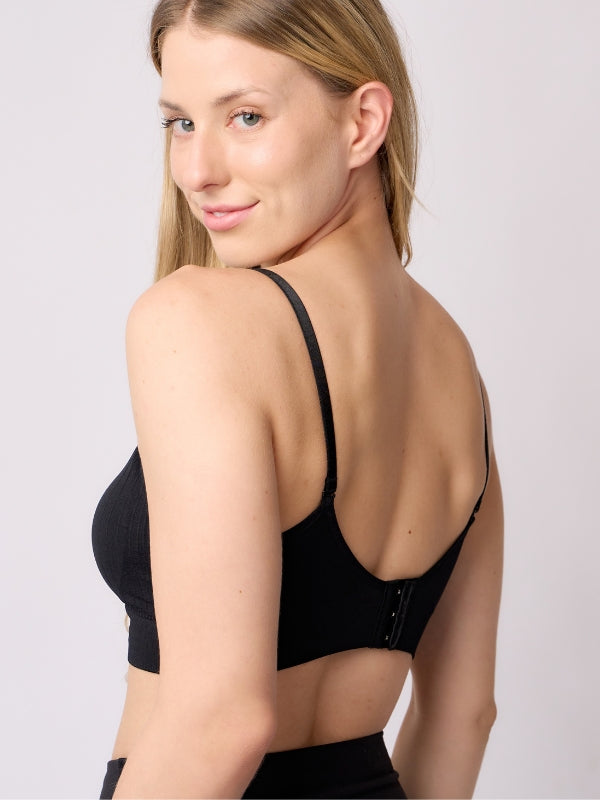
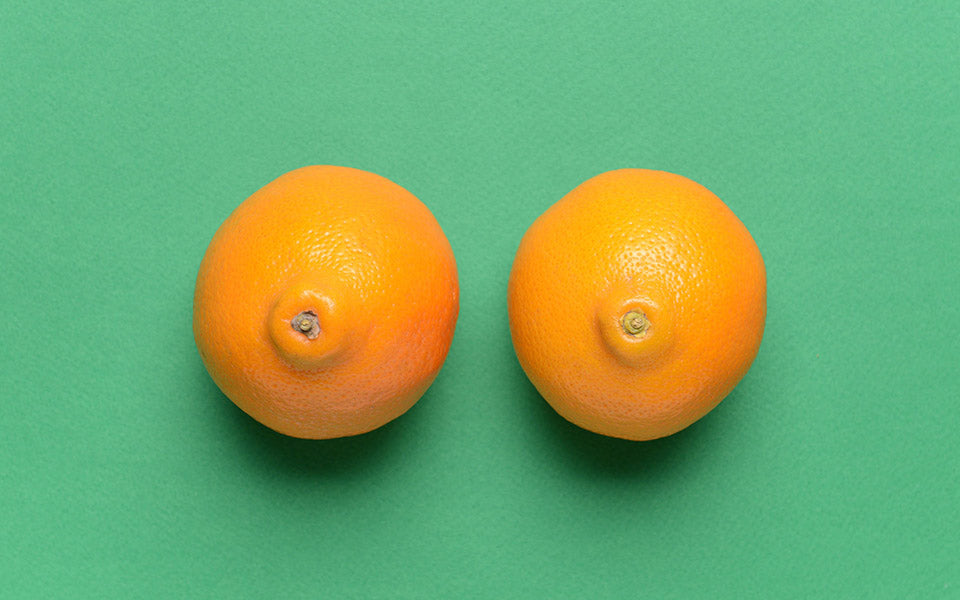

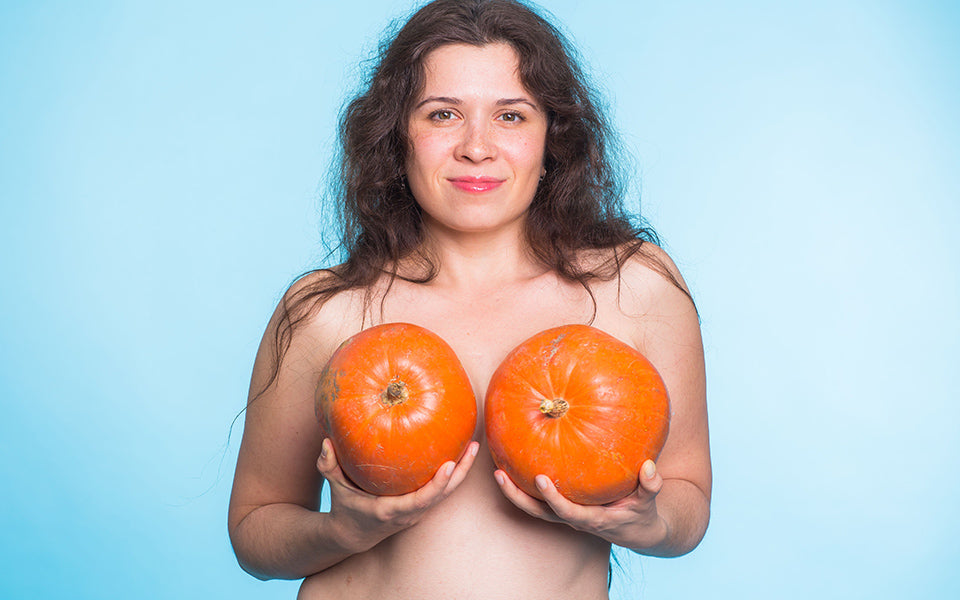
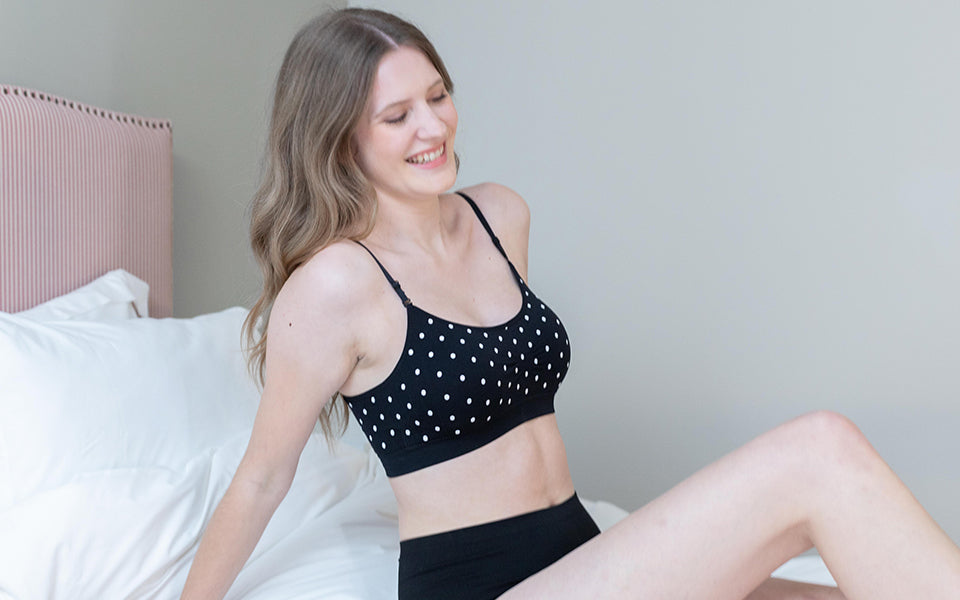

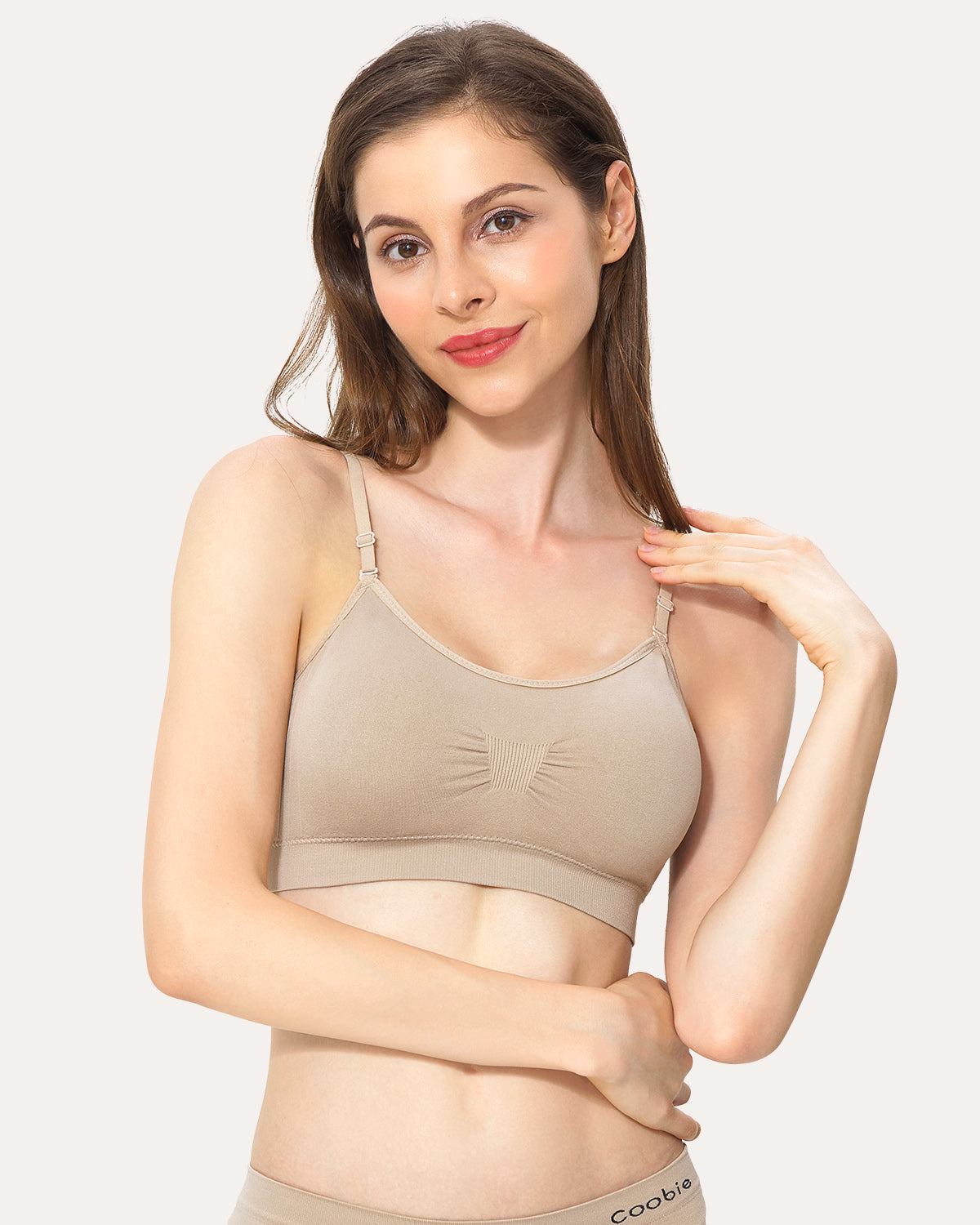

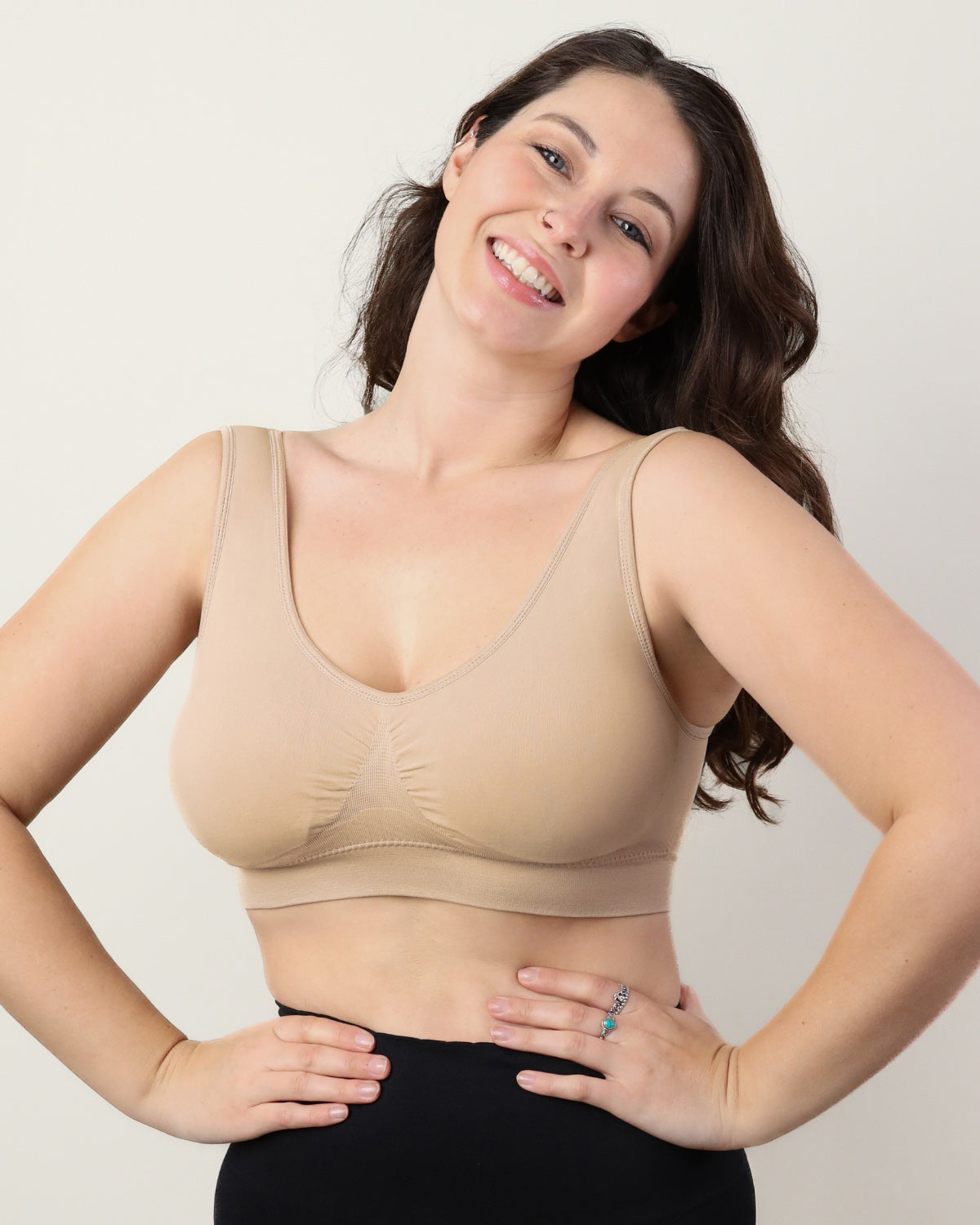

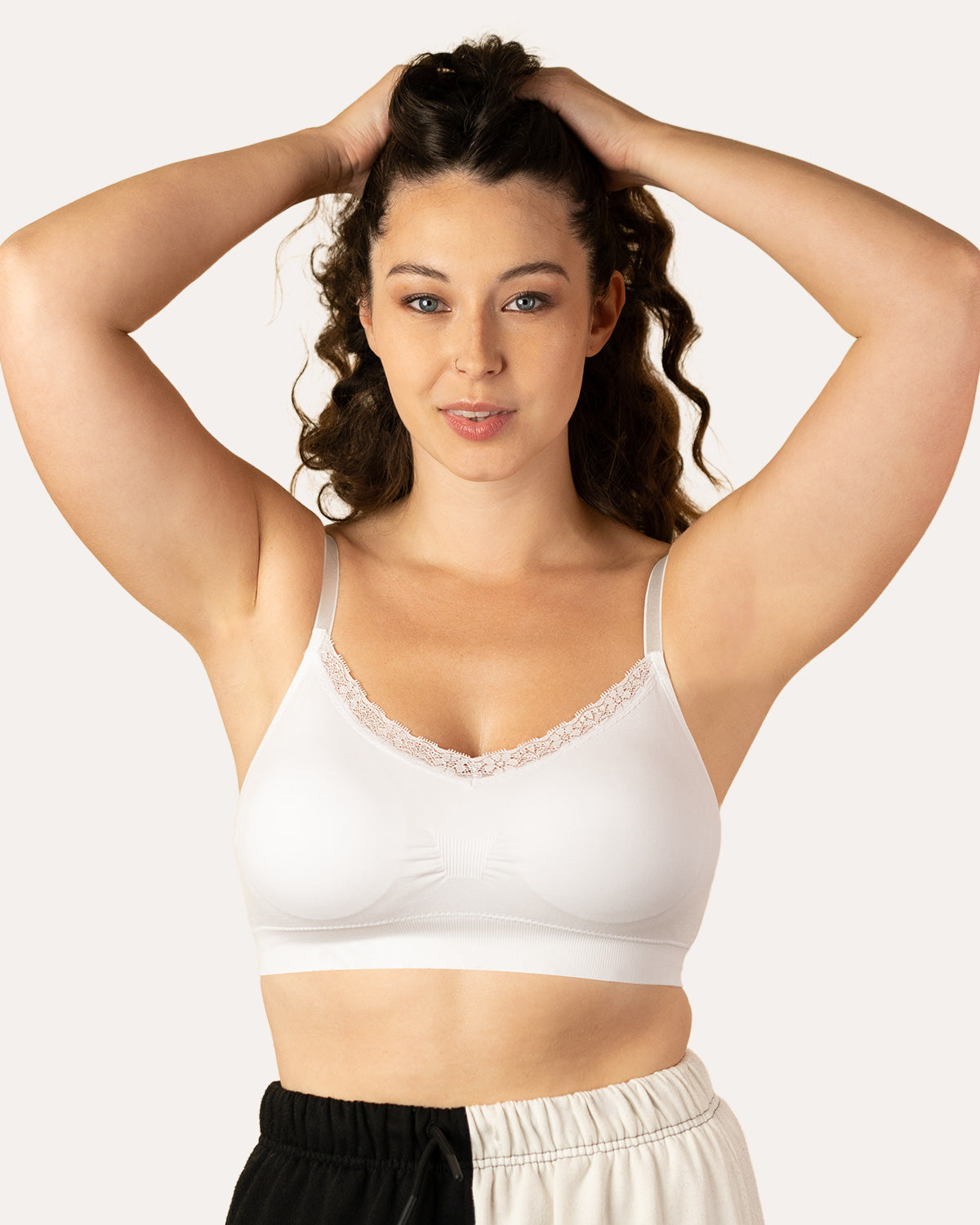
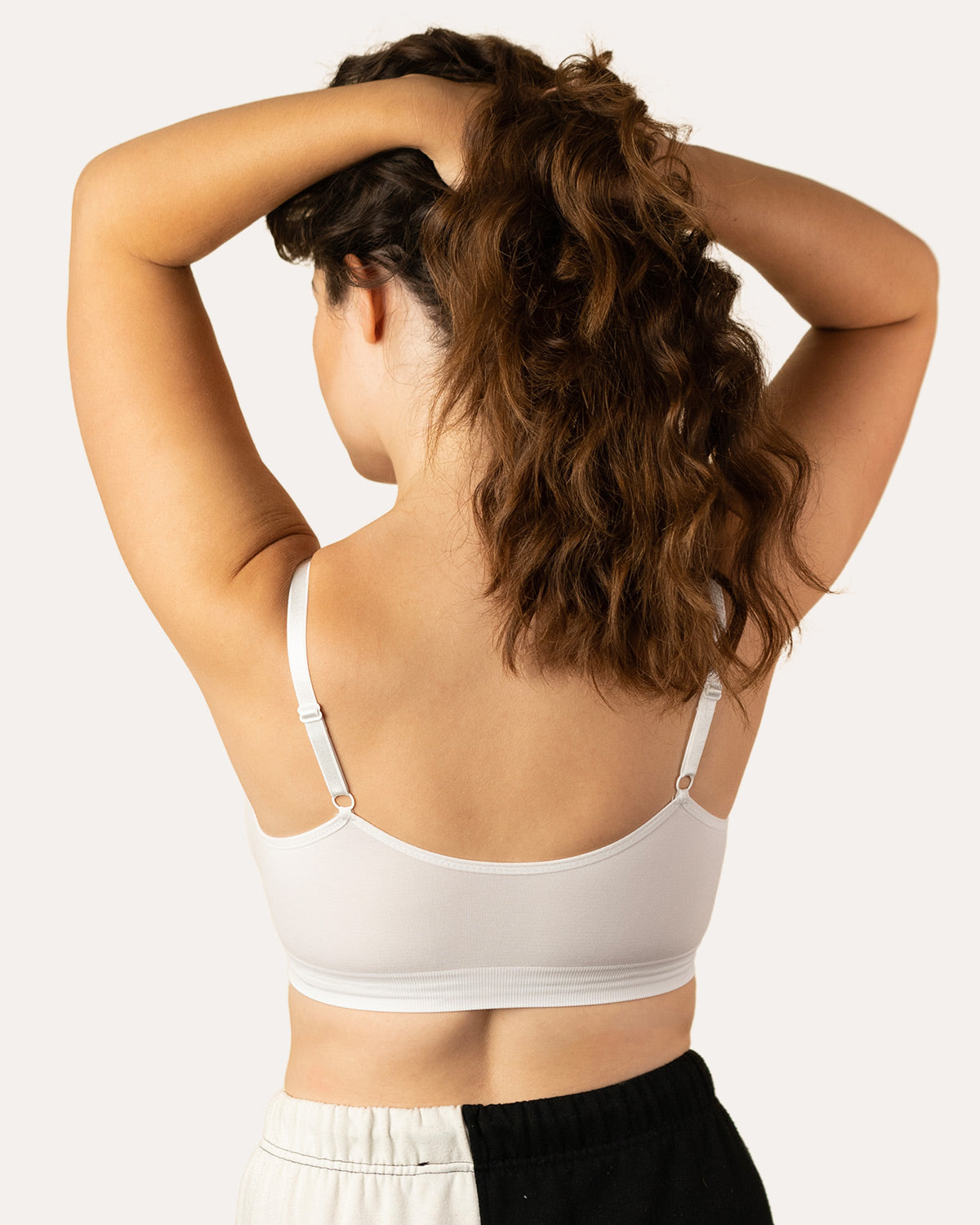
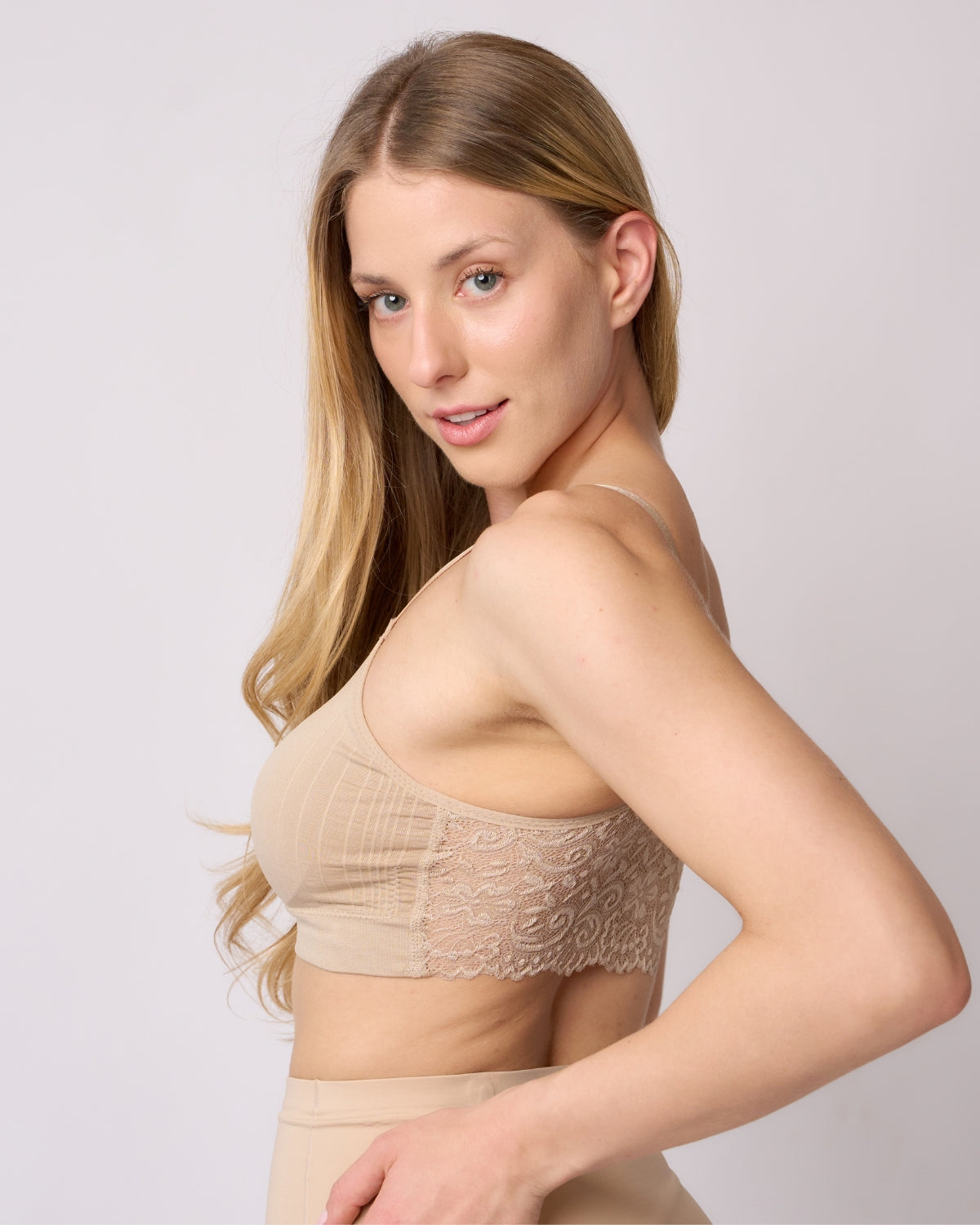
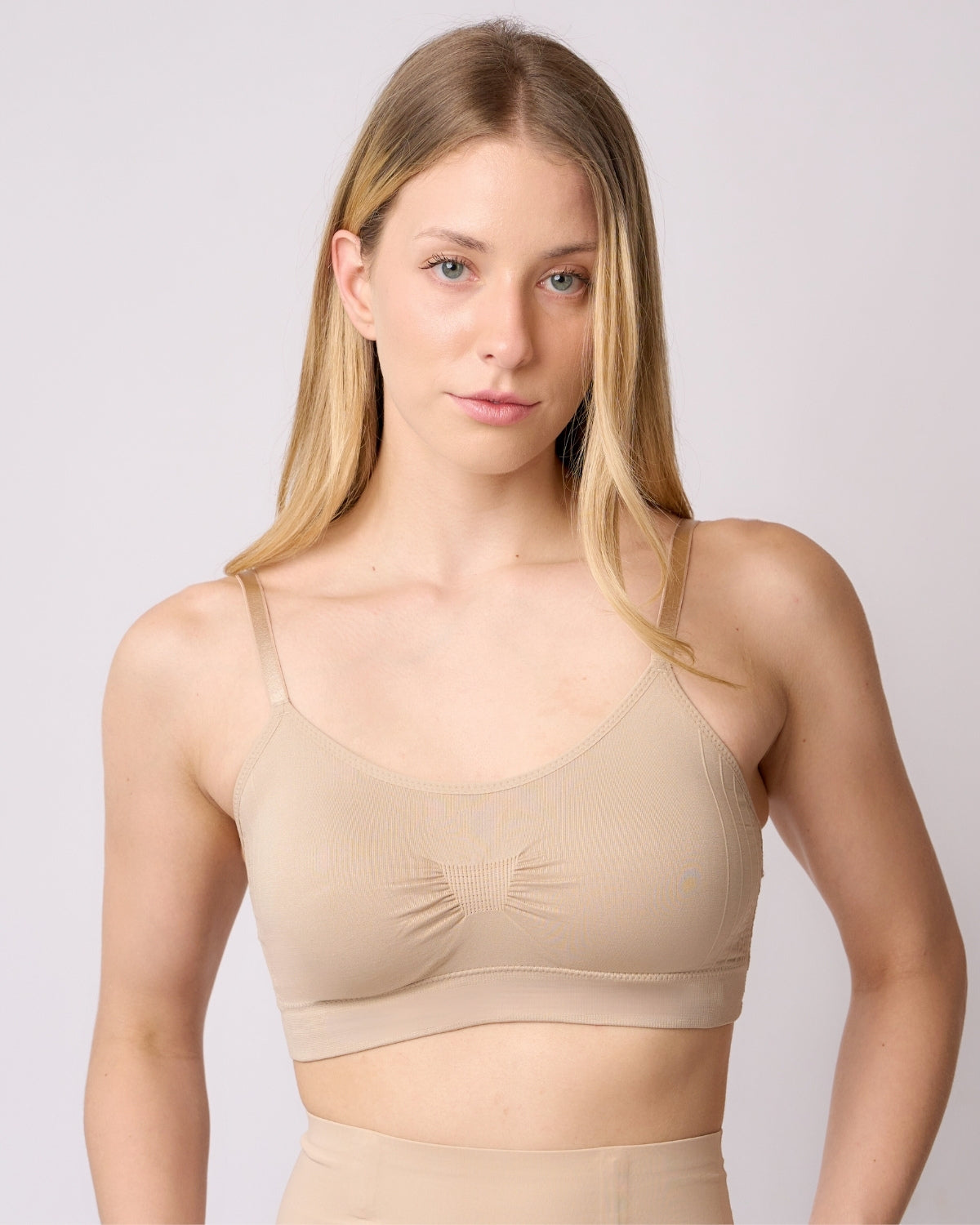
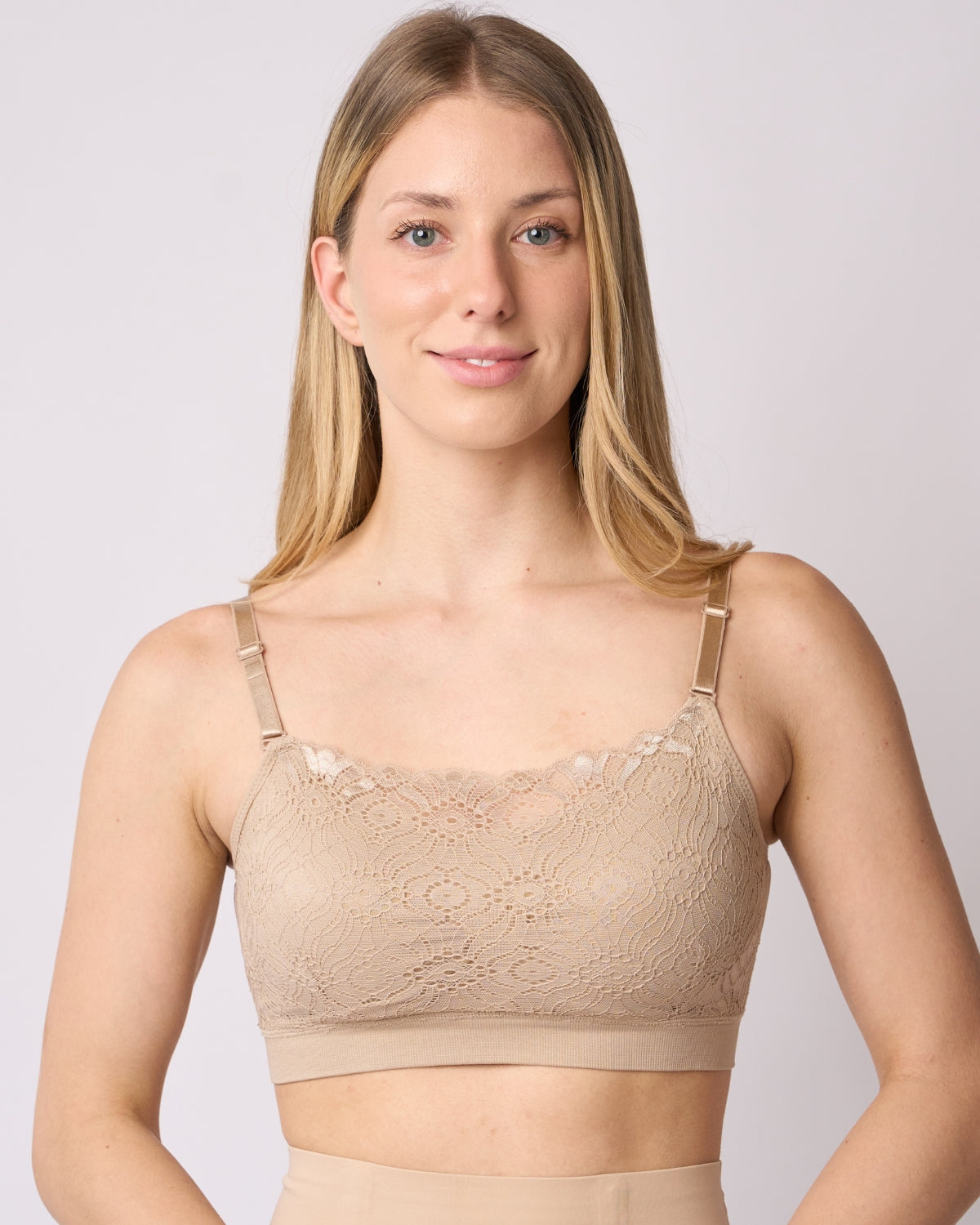
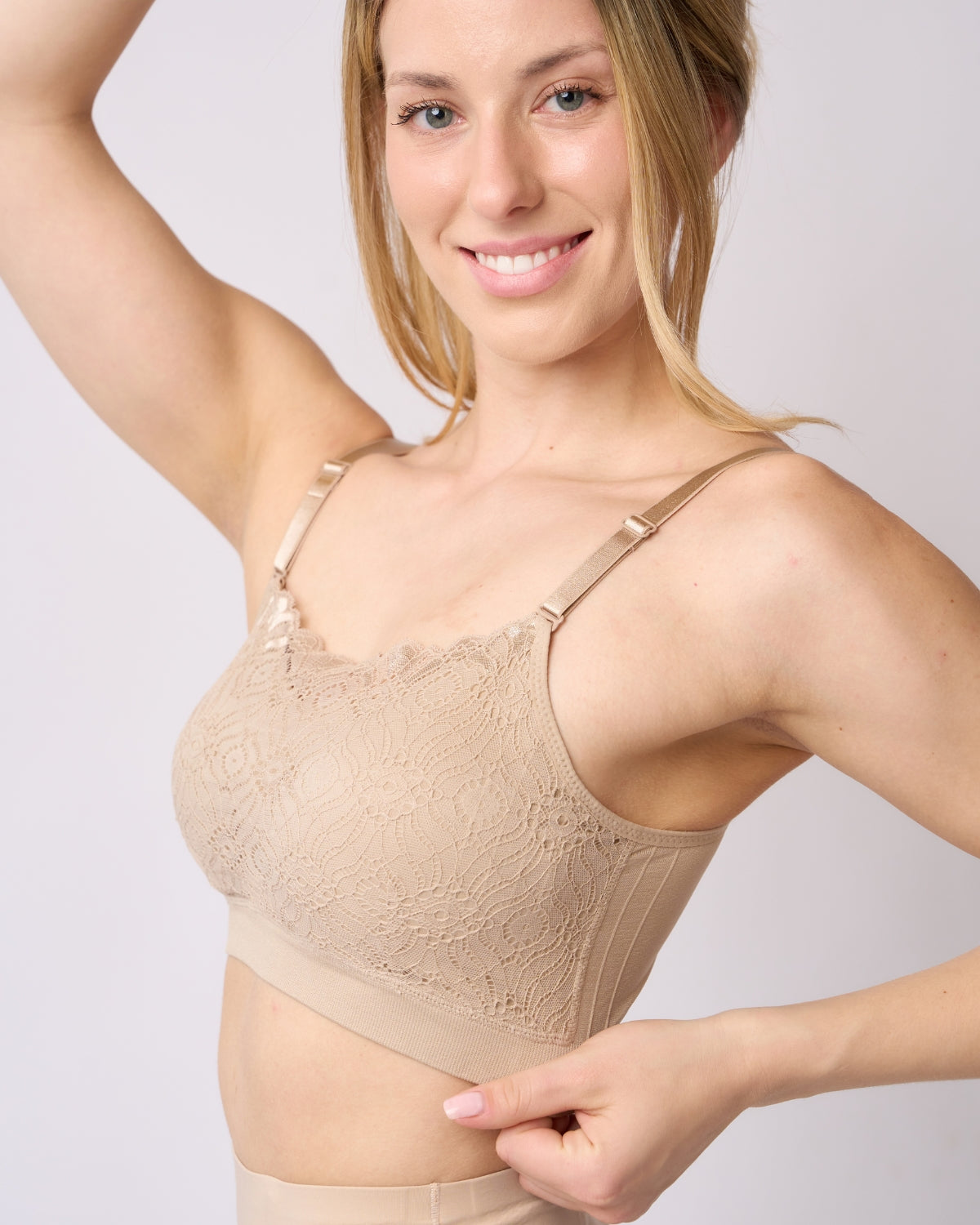
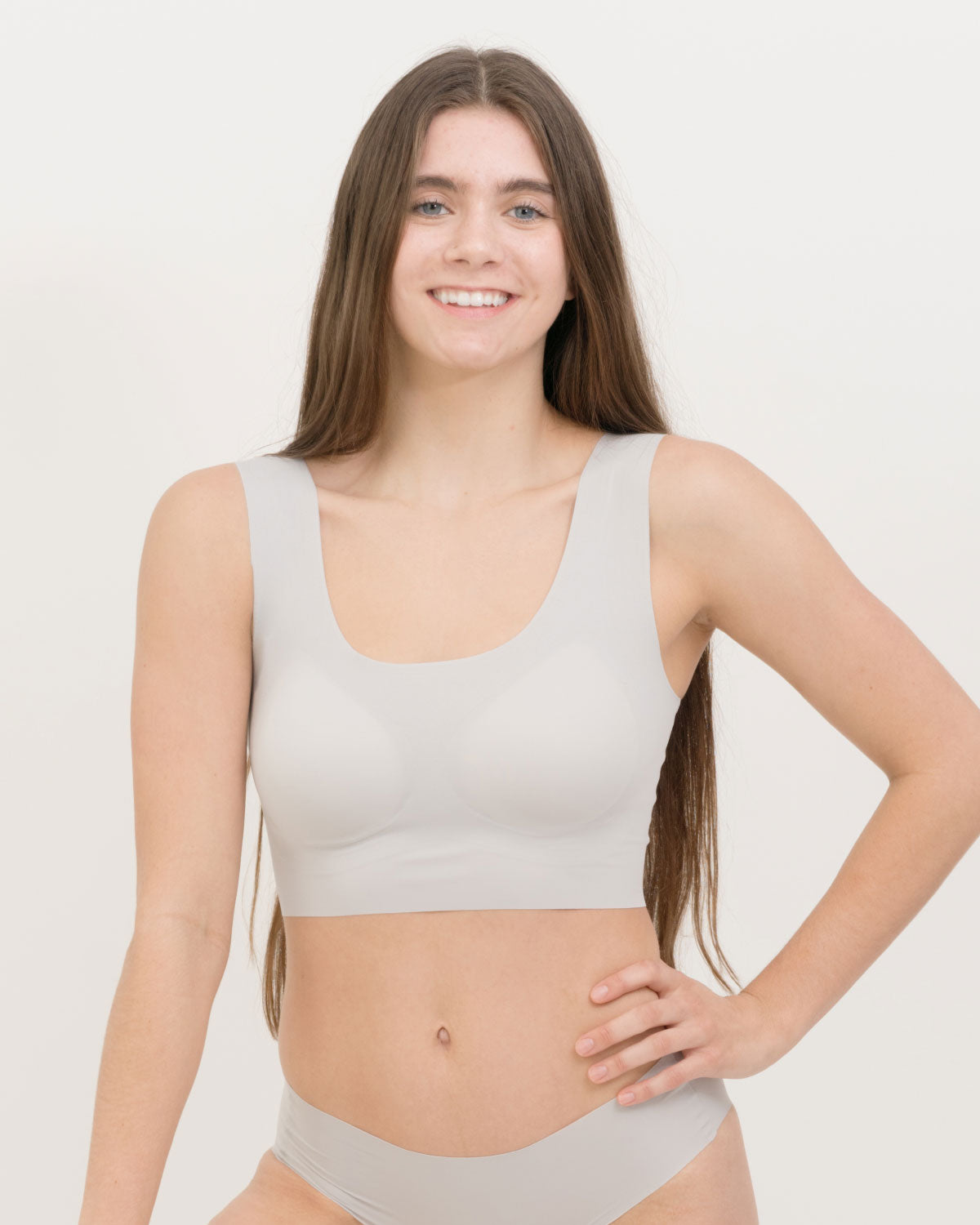
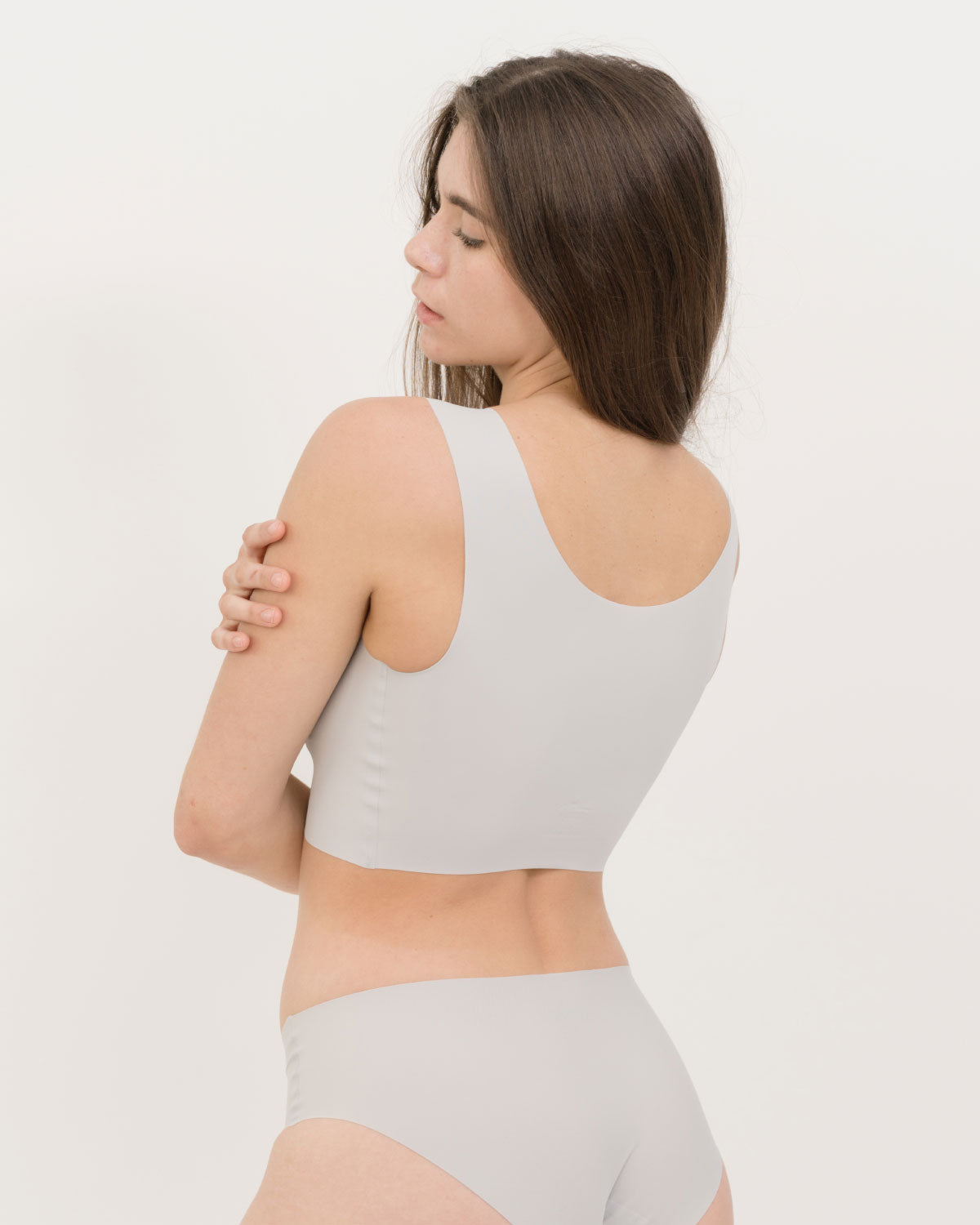
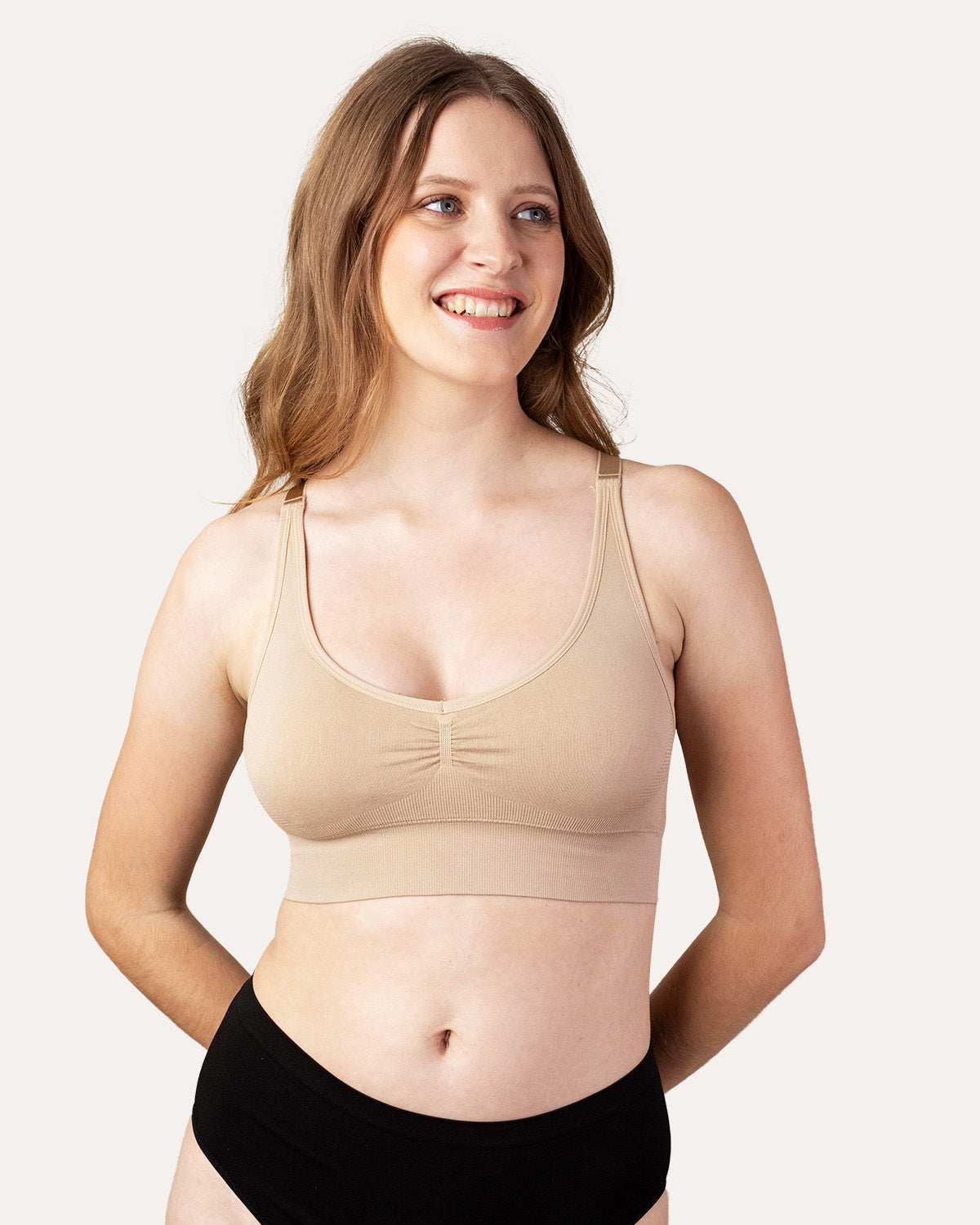
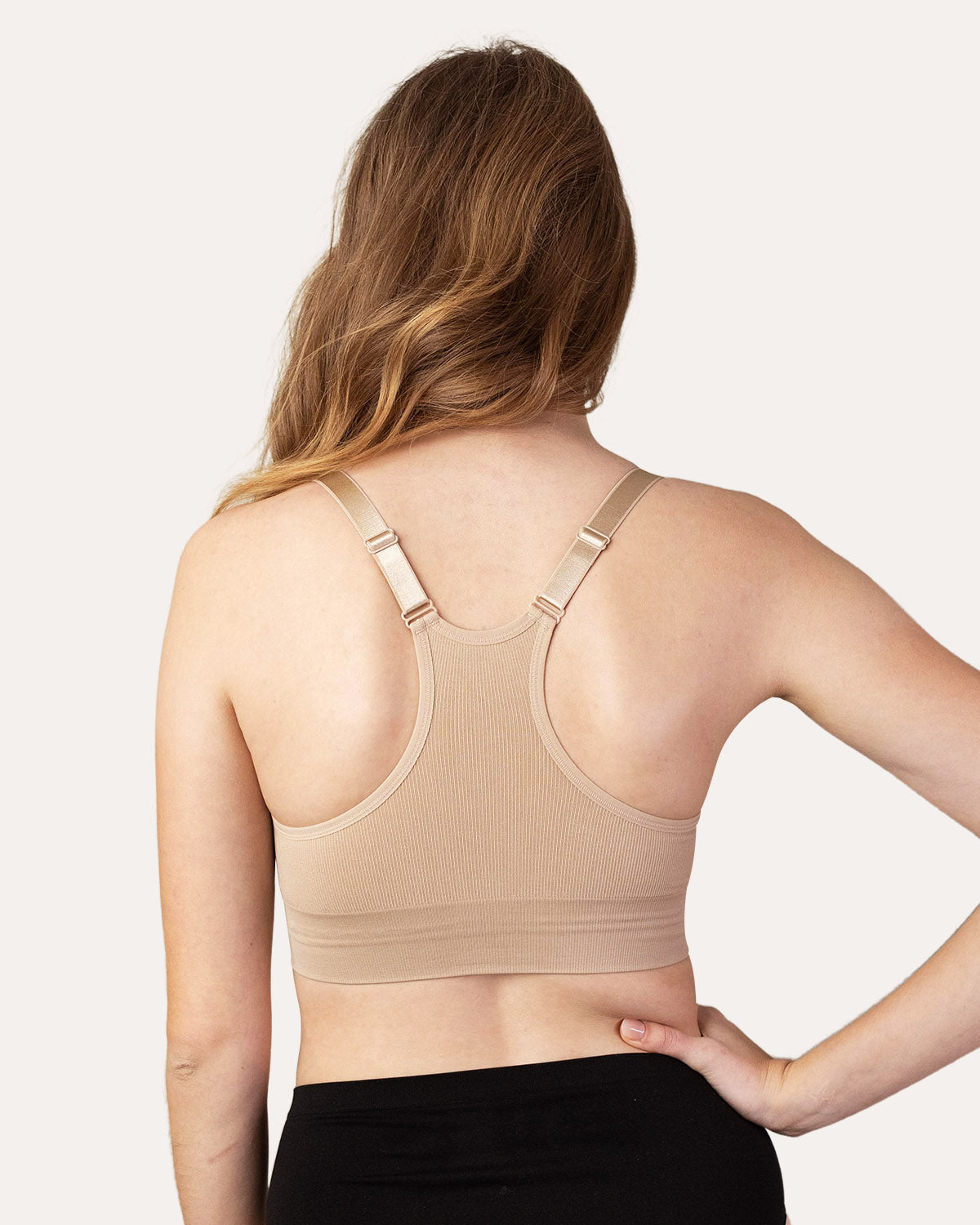
Leave a comment
This site is protected by hCaptcha and the hCaptcha Privacy Policy and Terms of Service apply.